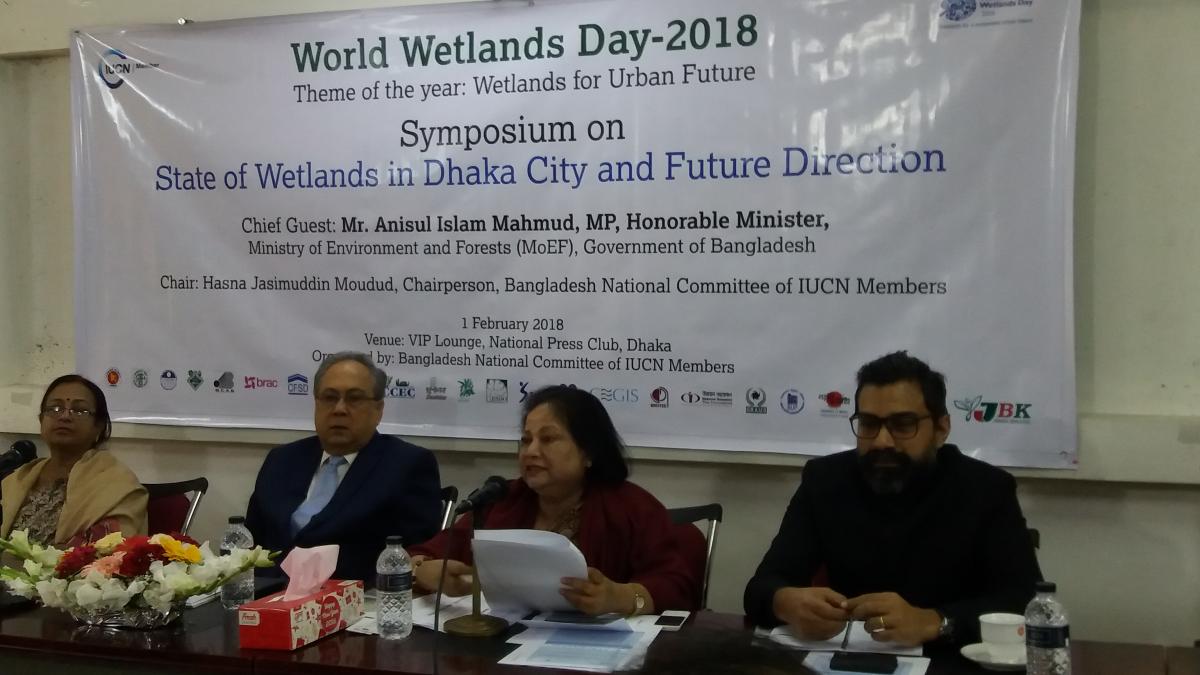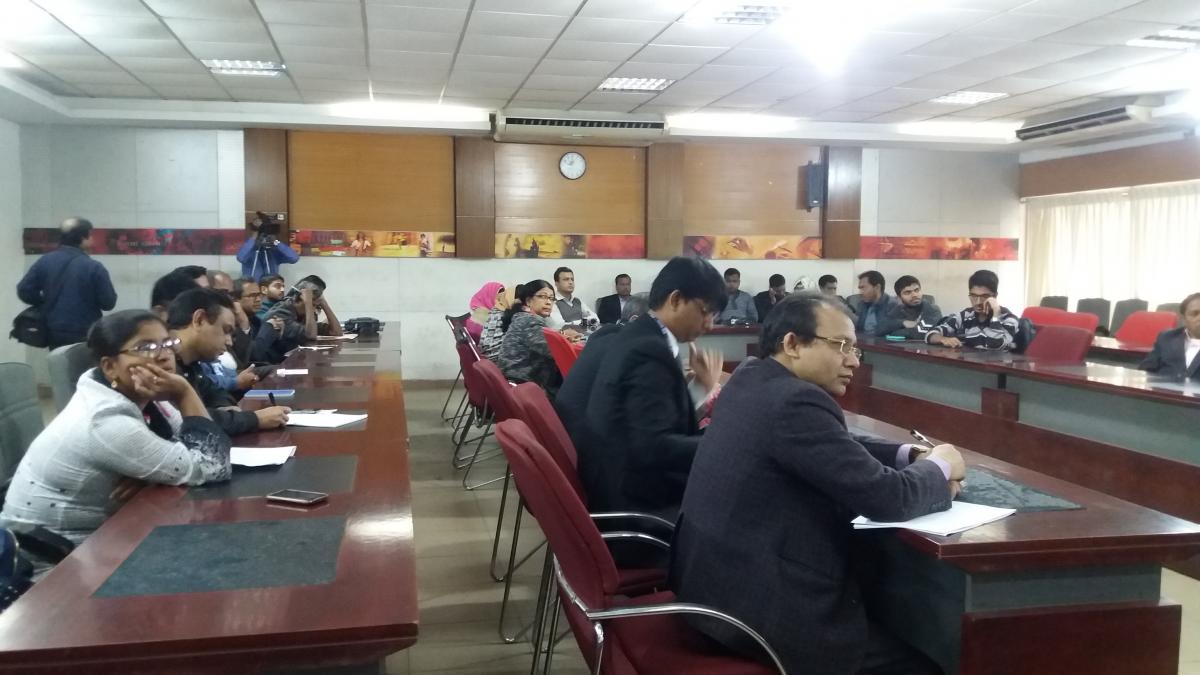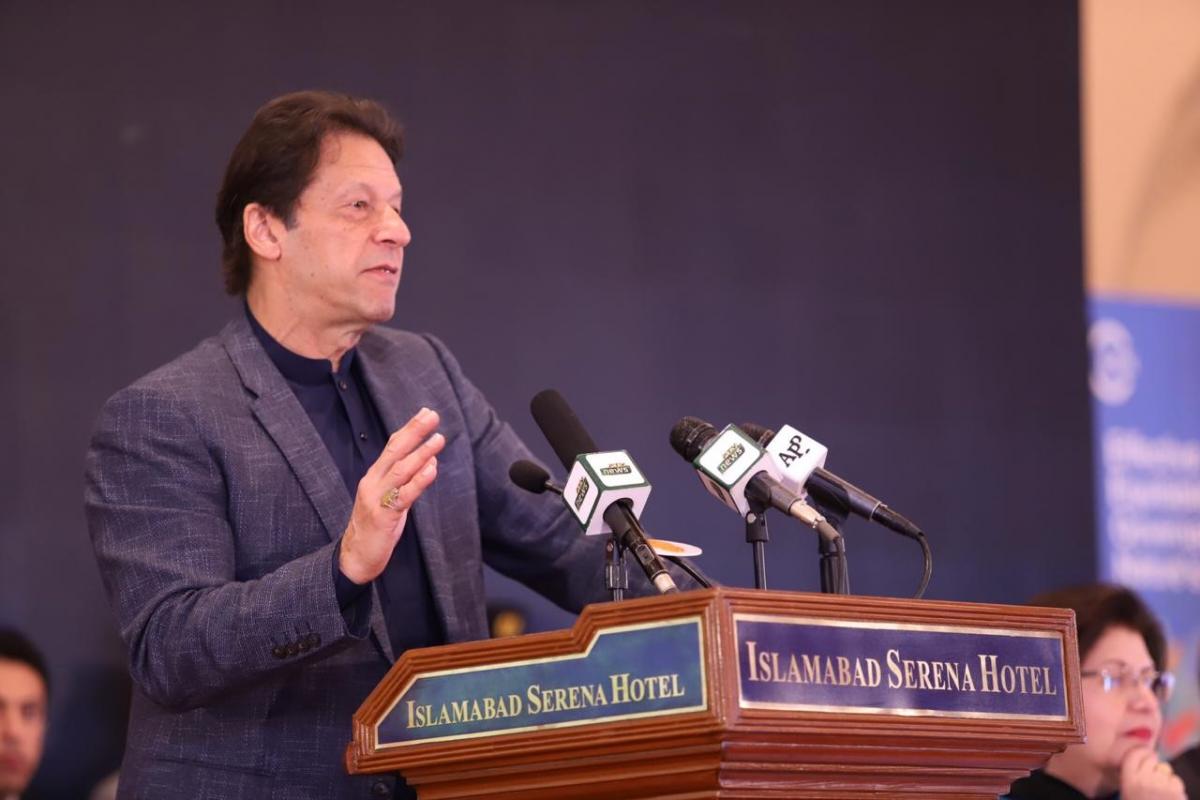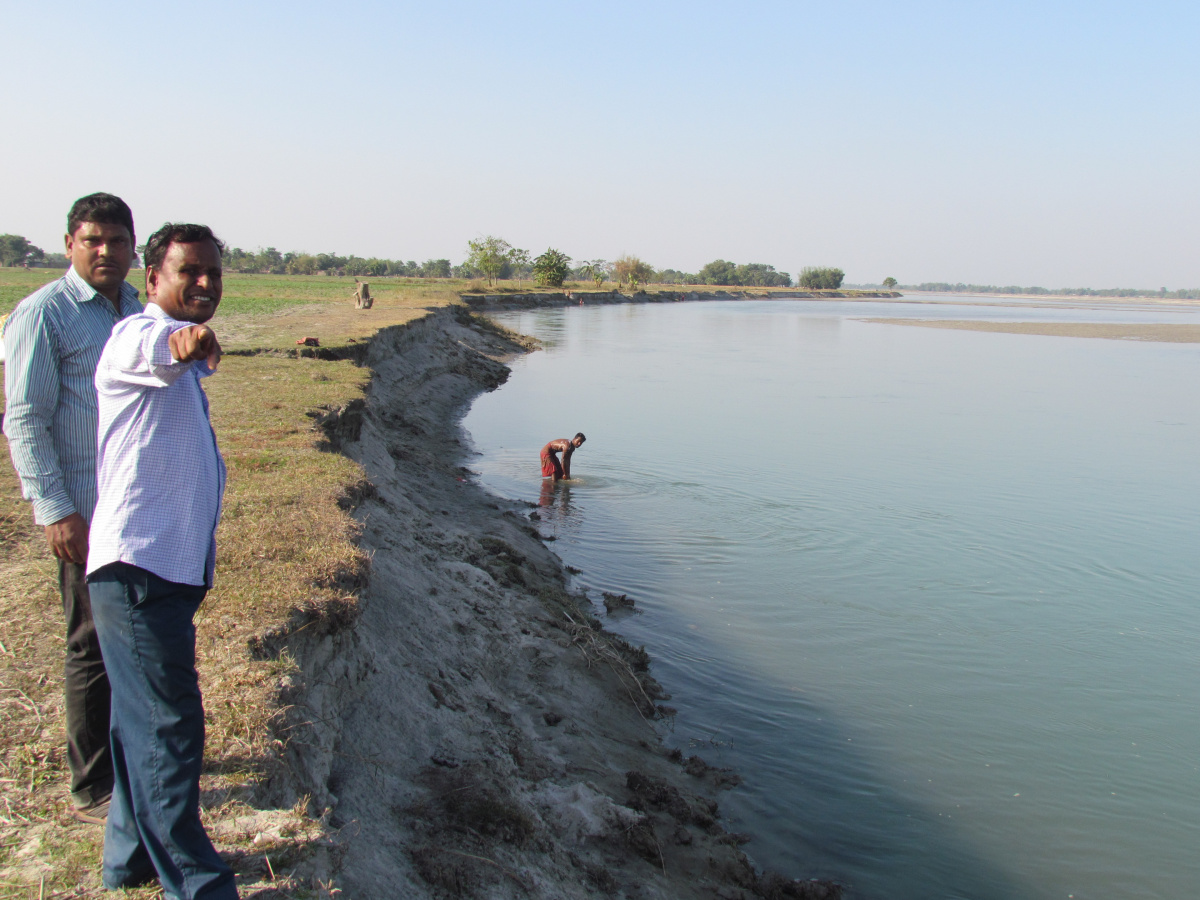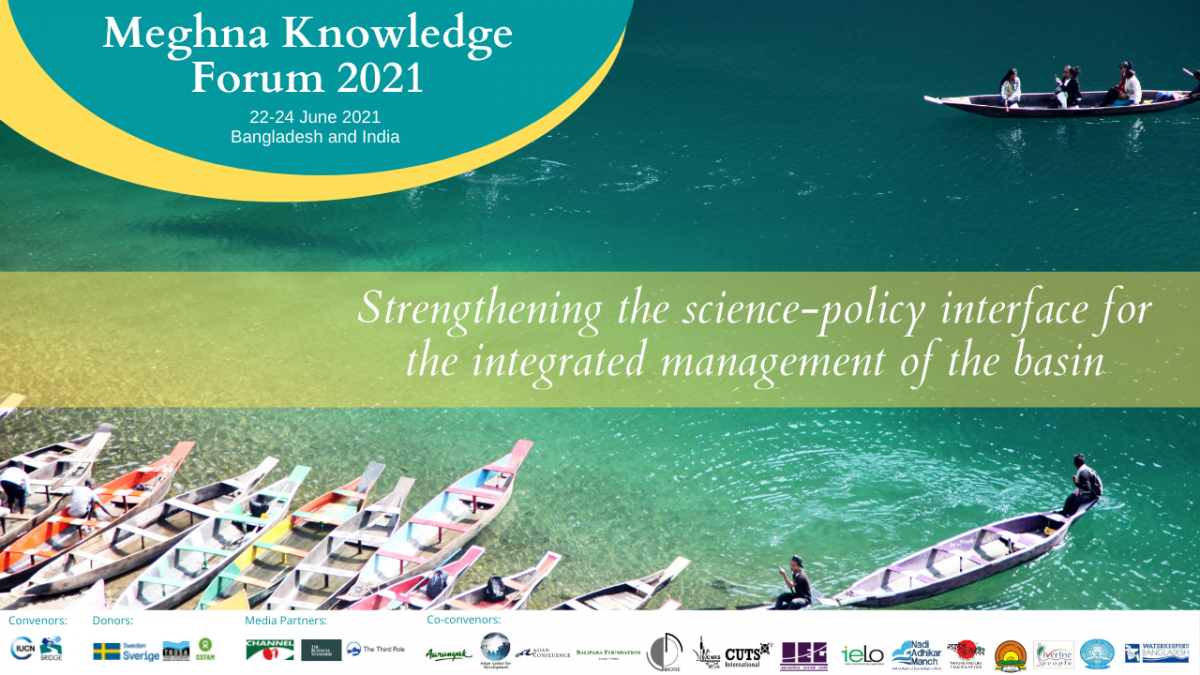World Wetlands Day 2018: Symposium on ‘State of Wetlands in Dhaka City and Future Direction’
On 1 February 2018, the Bangladesh National Committee of IUCN Members organised a symposium in Dhaka, Bangladesh, to celebrate World Wetlands Day 2018, which takes place on 2 February.
In line with this year’s World Wetlands Day theme – “Wetlands for a Sustainable Urban Future” – the Dhaka event discussed the state of wetlands in Dhaka City and its future direction.
Anisul Islam Mahmud, MP, Honorable Minister of Environment and Forests, was the chief guest at the event. Esteemed wetland experts from IUCN Membership presented trends and status of wetlands and rivers in and around Dhaka, focusing on aquatic biodiversity, water quality, policy responses, success stories, and the current challenges of maintaining good ecosystem health.
Mr Mahmud thanked the Bangladesh National Committee of IUCN Members for their effort in organising the symposium. “Degradation of the rivers of Dhaka is a complex issue, given the fact that this megacity has to meet the demands of about 20 million people,” said Mr. Mahmud. “We need to consider the reality and to make a balance between our development aspirations and wetland conservation."
Mr Mahmud requested everyone to think outside the box when dealing with environmental management. He also expressed appreciation for IUCN’s role in nature conservation and invited its Members in Bangladesh to continue making efforts to restore and save the capital’s wetlands.
Hasna Jasimuddin Moudud, Chair of the Bangladesh National Committee of IUCN Members, said: “IUCN Members are contributing positively to national conservation successes and policy and legal processes by working together with the IUCN Secretariat.” She highlighted different environmental concerns the country is facing at the moment, such as urban aquatic ecosystems, and urged the Government through the minister to take pragmatic action to address them. Ms Moudud also requested that all concerned parties take action not only for Dhaka, but also for the townships outside Dhaka, with a focus on saving urban wetlands from further deterioration.
Raquibul Amin, Country Representative of IUCN Bangladesh, emphasised that IUCN hosts the Ramsar Convention Secretariat, which held the World Wetlands Day celebration. IUCN Bangladesh is continuously supporting the Government of Bangladesh to comply with the Convention on Wetlands. For the last 12 years, for example, IUCN has been facilitating the co-management of Tanguar Haor, the second Ramsar Site in Bangladesh, on behalf of the Ministry of Environment and Forests, one of 212 State Members of IUCN. Mr Amin also mentioned that IUCN would continue supporting the ministry to conserve and restore urban river ecosystems in Bangladesh.
Dr M. Mokhlesur Rahman of the Center for Natural Resource Studies gave an overview of the trends and status of wetlands in Greater Dhaka City. Dr Abdur Rob Mollah of Nature Conservation Management presented the state of water quality and biodiversity in Dhaka's wetlands. Faunal biodiversity of an urban river, the Turag, was presented by Mirza Shamim Ahasan Habib of the research NGO Jiban Bikash Karjocrom. IUCN Bangladesh’s plan for restoring the Balu River ecosystem was presented by Dr Haseeb Md Irfanullah of the country office, as a case of how inclusive, long-term effort guided by evidence could restore a degraded urban wetland ecosystem.
The expert presentations and speeches from the guests were followed by open discussion. The participants emphasised the importance of continued monitoring of the urban wetlands to better understand the ecosystems. Consensus-building among stakeholders, long-term planning for degraded urban river and wetland restoration, and proper implementation of such action plans were also highlighted by the participants. It was strongly noted that the Government alone cannot improve urban wetlands or save them from disappearance. Participatory governance system needs to be in place with proper legal instruments and institutional mechanisms to save urban wetlands.

